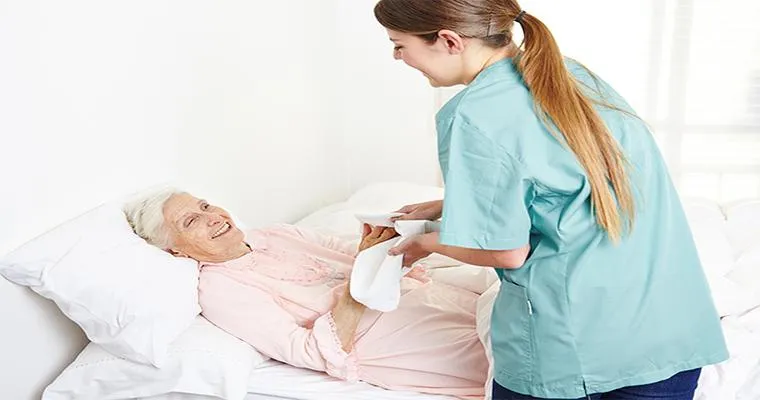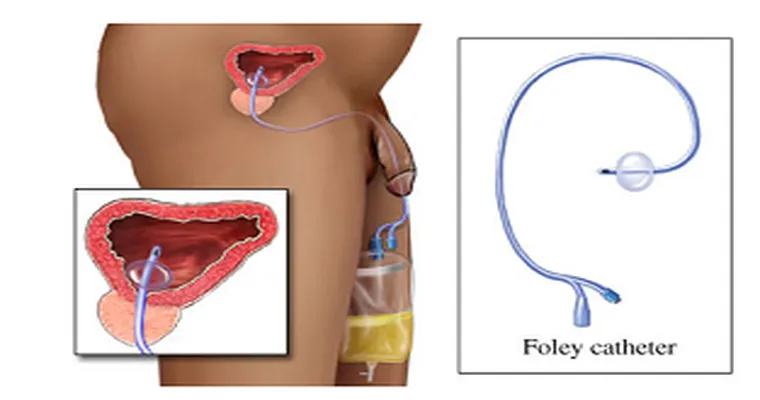Experiencing "urinary incontinence" can be a distressing issue, especially for elderly individuals like your client who is 98 years old. This condition often leads to "uncontrollable urination", particularly when moving from a sitting to a standing position. Many factors can contribute to this issue, including weakened pelvic muscles, neurological conditions, and certain medications. Fortunately, there are various treatment options available, including medications that can help manage the symptoms.
Understanding the underlying causes of urinary incontinence is crucial for finding appropriate treatment. In older adults, conditions such as "overactive bladder", urinary tract infections, and even cognitive impairments can exacerbate the problem. It is essential to consult a healthcare professional for a comprehensive evaluation to determine the specific cause of your client's incontinence.
Several medications are commonly prescribed for managing urinary incontinence. Anticholinergic drugs, such as oxybutynin and tolterodine, are often effective in reducing bladder contractions and increasing bladder capacity. These medications work by blocking the action of acetylcholine, a neurotransmitter involved in bladder control. However, they may come with side effects, including dry mouth, constipation, and blurred vision, particularly in older adults, so careful monitoring is necessary.
Another class of medications, beta-3 adrenergic agonists like mirabegron, can also be beneficial. These drugs help relax the bladder muscle, allowing for increased storage capacity and reduced urgency. Patients often find that these medications result in fewer episodes of leakage and an improved quality of life.
In addition to medication, lifestyle changes can significantly impact urinary incontinence. Encouraging your client to engage in pelvic floor exercises, commonly known as "Kegel exercises", can strengthen the pelvic muscles and improve bladder control. Additionally, dietary modifications, such as reducing caffeine and alcohol intake, can help minimize urinary urgency and frequency.
For some individuals, behavioral therapies, such as bladder training and scheduled toileting, might be effective in managing urinary incontinence. These strategies can help establish a routine and reduce the likelihood of accidents when transitioning from sitting to standing.
In conclusion, while there are effective medications available to help manage uncontrollable urination in elderly clients, it is essential to approach the situation holistically. Consulting with a healthcare provider will allow for personalized treatment recommendations based on your client's specific needs and health conditions. With the right combination of medication, lifestyle changes, and possibly behavioral therapies, it is possible to improve the quality of life for individuals experiencing urinary incontinence.





